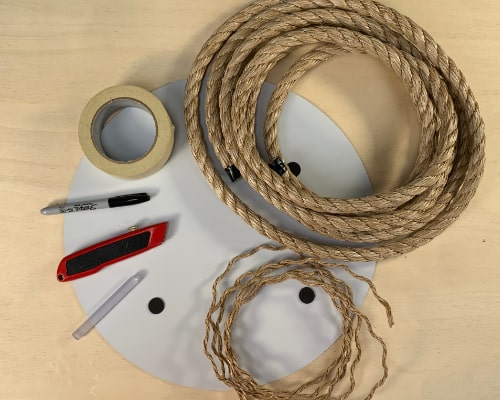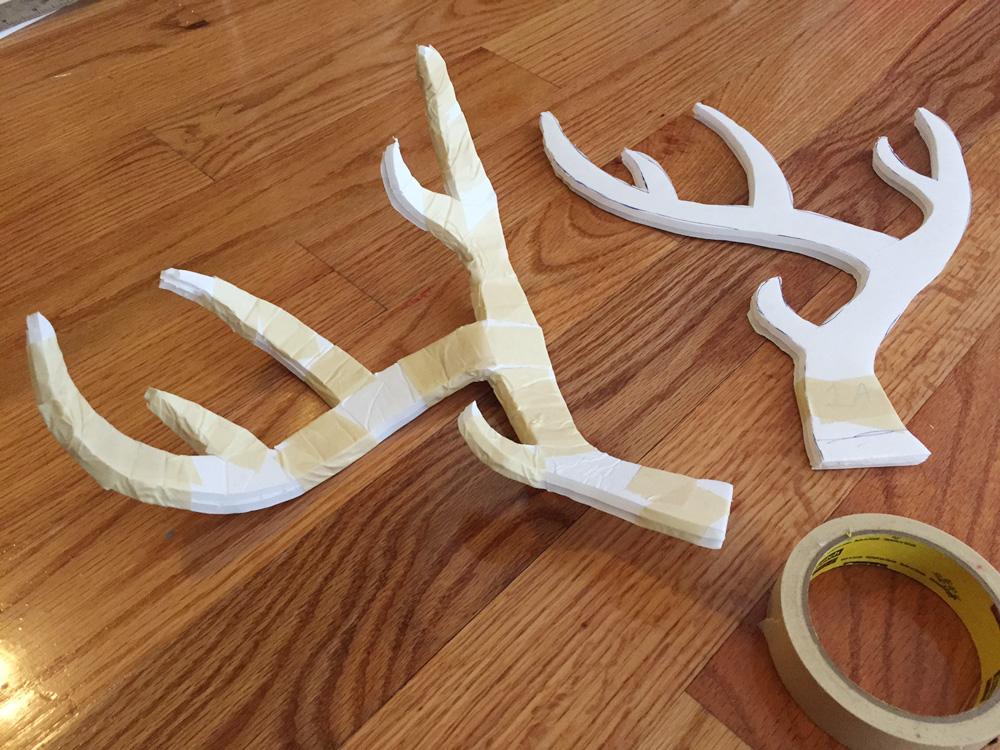
- #Keyshape wrapping object around another object masking how to#
- #Keyshape wrapping object around another object masking manual#
- #Keyshape wrapping object around another object masking series#
Likewise, the soft blurred edge of a moving object should reveal back to blend with the detail in the new background plate, not just a blue blurry smudge of the bluescreen background.Įarly digital keyers had no tools to deal with these issues and required operators to devise complex workaround techniques to achieve good results.

Composite this over a green leafy background and the hair fringe will look wrong. If we want our audience to believe that our composite really was all exposed on the same piece of film at the same time we have to to deal with a whole range of other issues such as edge quality, colour fringing, motion artifacts, colour and contrast balancing and grain matching.įor instance if you shoot a red-brown haired subject against a blue background the softer fringe of their hair will pass through magenta colour on the way to the blue. The real juice is in achieving a realistic composite. This of course deals only with the most basic requirements of compositing – nuts and bolts. Rather than being done photochemically it’s now done mathematically of course. In other words, you still have to make a hole in your “B” background to add the “A” foreground to. Once a pixel has values it has been exposed and they build until it is white. Just like a negative, a digital file with no information is “black” like unexposed film. Voila, the elements are combined.Įven though we don’t need to see this happening in digital compositing, the same principles really are being applied behind the scenes. New film is then rewound, our “A” element is physically sandwiched with it’s “A” matte shape and double-exposed into the hole left from step 3. This holdout matte is physically sandwiched with the “B” film element and rephotographed onto a new negative giving us a black unexposed hole the exact shape of the “A” object.Ĥ.

a “holdout matte” which is a window with a black shape in it.ģ. A direct inverse of the “A” matte is made. We need to make an unexposed black hole to burn it into.Ģ. Negative film is blank until it receives light – but once it does receive it, it builds up until it is fully exposed so you can’t just double expose our “A” object into the “B” background. A cutout shape is made for the “A” object that is to be extracted … basically a black matte with a window in it.

Optical compositing is a four step process.ġ. Let’s say we want to put object “A” into background “B”. Surprisingly the basic principles of combining images onto photographic film, “optical compositing”, are very similar to digital compositing. The most successful colour turned out to be blue so that became the most popular background for shots to be matted.

The pioneers worked out that film chemistry provided them with some emulsion layers that could be chemically isolated by colour, so if they shot a subject against a specific coloured background they could generate their matte shapes almost automatically.
#Keyshape wrapping object around another object masking how to#
More ingenious photographic and optical minds got to work on how to do this kind of automatically using photochemical processes.
#Keyshape wrapping object around another object masking manual#
Very manual techniques such as hand painting opaque liquid around objects directly onto film (the precursor to digital rotoscoping) were employed but were insanely laborious and nigh-impossible to execute with any realism. In it’s earliest form, it involved photographic processes such as simple multiple exposures onto the same piece of film. Visual Effects most core technique is compositing – since the dawn of film making itself, we have wanted and needed to extract parts of one scene and place them convincingly in another. This weeks fxpodcast, which accompanies the article, covers the Primatte keying plugin with Scott Gross of IMAGICA Corporation of America.
#Keyshape wrapping object around another object masking series#
In our continuing ‘Art of …’ series we turn to one of the central issues for compositors – keying.


 0 kommentar(er)
0 kommentar(er)
